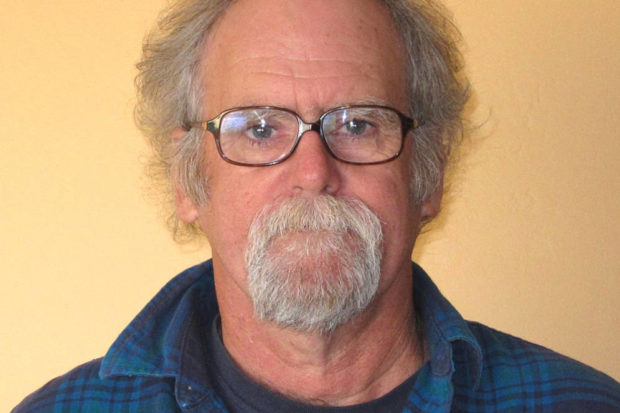
By Tom Frantz
The San Joaquin Valley Air Pollution Control District (Air District) is making a document available to the public called Guidance for Assessing and Mitigating Air Quality Impacts (GAMAQI). Unfortunately, the document is political in nature, reflecting the blatant disregard the Air District has for public health.
The GAMAQI falsely explains the pollution issues in the Valley. It also misinterprets the laws governing air pollution in California. At best, it is a manual on how local government can permit new polluting projects without requiring mitigation for their air pollution. It is an invitation to dirty, air-polluting projects in the San Joaquin Valley under the false assumption that new taxes and jobs are more valuable than protecting and improving the health of Valley residents. It is what the Air District governing board advocates for every time it meets.
The GAMAQI document purports to describe the air pollution problem in the San Joaquin Valley, but it gives an incomplete picture. It inaccurately puts the blame for most of our air pollution on sources outside the control of the Air District. It points to nitrous oxide emissions (NOx) from mobile sources such as trucks and cars as the primary culprit in our air pollution problems.
There is not a word that more than 40% of local NOx is from sources not related to road traffic. Even more brazen, no mention is made of the massive local emissions from stationary sources of volatile organic compounds and ammonia, which make up nearly 50% of our pollution problem.
There is also an awkward section on greenhouse gases (GHGs). It starts off with the statement that water vapor is the biggest source of global warming. That may be OK in a science lesson, but there is total neglect to emphasize the need for mitigation of all new sources of GHGs as California tries to implement an executive order to lower emissions 80% below 1990 levels by 2050.
It seems clear the intent by the Air District is to downplay human influence on climate change. It implies that any attempts by local government to mitigate these emissions would be trivial and unnecessary.
In the GAMAQI, the Air District also claims that many new sources of pollution are exempt from the requirement of an air quality analysis. For example, if the project has obtained an Air District permit, the local permitting agency may safely ignore air quality impacts from the project. Unfortunately, this type of action is a California Environmental Quality Act (CEQA) violation.
The existence of an Air District permit does not preclude or exempt a local agency from performing a thorough environmental analysis of a new project. It certainly does not stop a local agency from requiring mitigation for all impacts of a project including any air quality impacts that the Air District permit has insufficiently mitigated.
A second area of guidance is startlingly wrong. The document claims that if a project’s pollution does not reach a certain level of significance then this pollution may be categorized as insignificant. The implication is that there is no need to consider, analyze, regulate or mitigate insignificant sources of pollution.
But CEQA says a project must be considered in relation to what is around it and not in isolation. There are many times when the cumulative impacts of nearby sources are already causing a serious health issue and even a small amount of new pollution must be considered significant in that situation. The GAMAQI document selectively quotes CEQA rules to ease air quality regulations, and it conveniently leaves out the section in CEQA where cumulative impacts must always be considered.
Avoiding cumulative impacts often allows piece-mealing of a large project. A prime example is in the oil industry. Permits are obtained by oil companies for individual wells. One oil well may have construction and operational emissions below significant levels as defined by the Air District. However, 20 or 30 wells drilled in the same oil field over a period of one year will cumulatively exceed the level of significance and become a huge pollution burden on Valley residents.
This kind of politically biased guidance by the Air District is dangerous in more ways than one. It is certainly not health protective for the public. The inaccurate statements can also put an unfair burden on local government. This guidance document may cause local governments to not perform a legally required analysis of the air quality impacts of a new project. A lawsuit against the local agency will then be the only remedy for the public. Ultimately, these unnecessary lawsuit costs will be borne by the public and be frustrating to developers.
*****
Longtime clean air advocate Tom Frantz is a retired math teacher and Kern County almond farmer. A founding member of the Central Valley Air Quality Coalition, he serves on the CVAQ steering committee and as president of the Association of Irritated Residents. The CVAQ is a partnership of more than 70 community, medical, public health, environmental and environmental justice organizations representing thousands of residents in the San Joaquin Valley unified in their commitment to improve the health of Californians. For more information, visit www.calcleanair.org.
